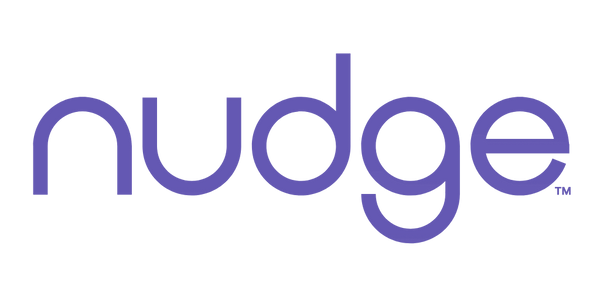Nudge Device vs. Medication Tracking Apps: 5 Key Differences You Need to Know
Published March 15, 2024 — Nudge Health Hub

Meta description: Compare the Nudge smart pill bottle with traditional medication-tracking apps. Discover 5 major differences that make Nudge simpler, smarter, and more reliable for consistent medication adherence.
Why traditional medication tracking apps often fall short
Medication non-adherence is a major health and economic problem. Despite many reminder apps, people still miss doses because apps add steps, rely on manual logging, and compete with distracting notifications. A better approach is a device that brings the reminder to where your medication actually lives.
Introducing the Nudge smart pill bottle
Nudge is a purpose-built smart medication tracker that reduces friction and increases the odds you’ll take your medication on time. The device uses motion sensors to log "dose taken" events and delivers local alerts (light + sound). If a scheduled dose is missed, Nudge escalates via push or email notifications.
5 key differences: Nudge vs. medication tracking apps
1. Daily interaction & user effort
Nudge: Detects bottle movement automatically — you take the medication and the device logs it. No manual logging required.
Apps: Often require you to open the phone and mark a dose as taken. That extra step reduces long-term adherence.
2. Alerts where the medication lives
Nudge: Sends reminders at the physical location of your medication — bedside, kitchen, or bathroom shelf — so the prompt and the action are co-located.
Apps: Send alerts to your phone, which may be out of reach or disconnected from the medication context.
3. Reduced distractions
Nudge: A single-purpose device with focused reminders. No screen switching, no social feeds, no competing notifications.
Apps: Reminders can be drowned out by other phone notifications and the temptation to open other apps.
4. No subscription or upsell required
Nudge: One-time purchase with low ongoing friction — the device works day-to-day without mandatory subscriptions.
Apps: Many rely on subscriptions or in-app purchases to unlock complete features, which can introduce churn.
5. Independence from the smartphone
Nudge: After initial setup via the Nudge app, the device functions independently for daily reminders and tracking.
Apps: Depend on the phone being on, nearby, and configured correctly — if the phone is off or out of reach, you may miss alerts.
Who benefits most from Nudge?
- People who prefer a low-maintenance, hands-off medication routine.
- Older adults or users who aren’t on their phones constantly.
- Caregivers and clinicians who want automated adherence data instead of self-reports.
Final word
If you want a simpler, less distracting, and more reliable way to manage medications, Nudge offers a practical alternative to phone-based apps. By putting the reminder where it belongs — at the medication — and automating dose logging, Nudge removes common barriers that make apps less effective.
